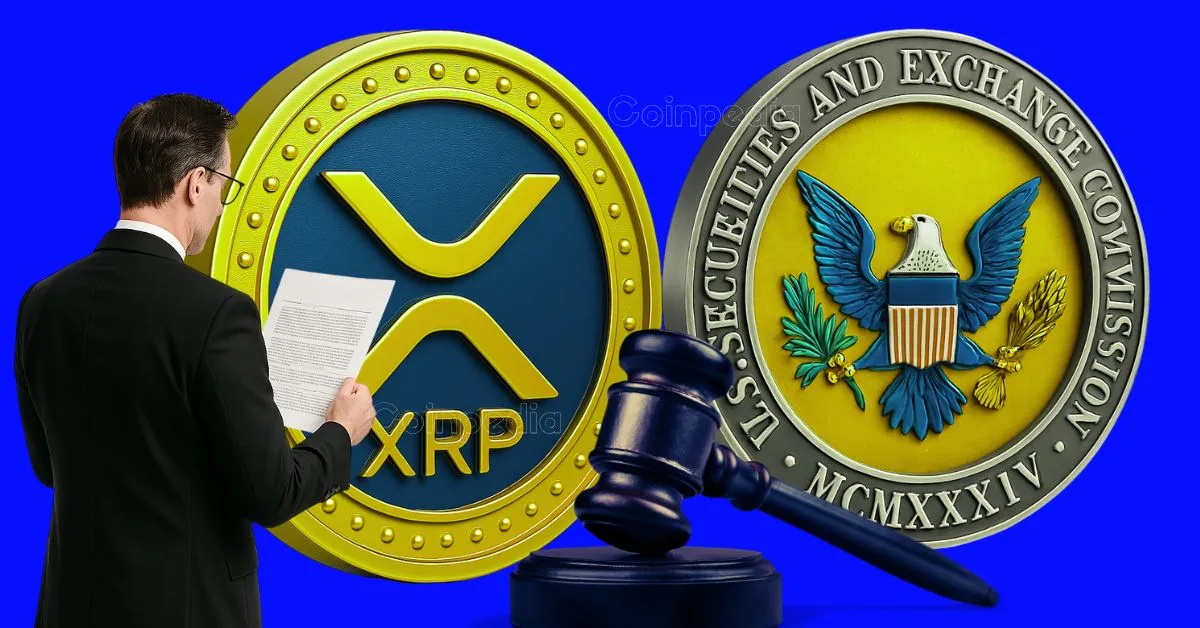The legal battle between Ripple Labs and the U.S. Securities and Exchange Commission (SEC) has taken another unexpected turn, leaving the crypto community in a state of uncertainty. The recent denial of a joint motion by both parties to settle the case has prolonged a dispute that has already spanned over four years. This decision has far-reaching implications, not only for Ripple and its cryptocurrency XRP but also for the broader regulatory landscape of digital assets in the U.S. and beyond. As the timeline extends further into the future, it is crucial to understand the events leading up to this point, the reasons behind the judge’s decision, and the potential outcomes that lie ahead.
The origins of this legal saga can be traced back to late 2020 when the SEC filed a lawsuit against Ripple Labs, alleging that the company’s sale of XRP constituted an unregistered securities offering. Since then, the case has been marked by a series of victories and setbacks for both sides. In 2023, Judge Analisa Torres made a significant ruling, stating that XRP sales to the public on exchanges did not qualify as securities transactions, while institutional sales did. This partial victory for both parties left many legal questions unresolved.
The most recent development saw Ripple and the SEC attempting to reach a settlement, proposing to reduce Ripple’s penalty from $125 million to $50 million and lifting certain restrictions on XRP sales. This proposal sparked optimism among investors and traders, as it seemed to offer a path toward finality. However, Judge Torres rejected the motion, citing procedural impropriety. The judge emphasized that the court could not simply endorse a negotiated outcome without a solid legal foundation. As a result, Ripple remains subject to the original $125 million penalty, and the permanent injunction on certain XRP sales remains in place.
The immediate market reaction to the denial was swift and negative, with XRP’s price experiencing a downward slide. This volatility is not surprising, given the high stakes and the uncertainty surrounding the case. Legal analysts have weighed in on the decision, noting that both Ripple and the SEC must now report their status to the Second Circuit Court of Appeals in August. This report will reveal whether either party plans to appeal or pursue a new settlement. If an appeal is pursued, the timeline could extend into late 2026 or even 2027. Alternatively, if both parties can satisfy the court’s procedural requirements, a settlement may still be possible, though it is far from guaranteed.
Looking ahead, several potential pathways emerge. First, either Ripple or the SEC could choose to appeal the court’s prior rulings, a process that would be slow, complex, and potentially escalate the stakes. Second, both parties may file a joint status report with the Second Circuit in August, outlining their next steps. This report could indicate whether a new, more procedurally sound motion is in the works or if an appeal is imminent. Third, a stalemate could occur if neither side can agree on a resolution, leaving the existing judgment in place. Finally, the market implications of this uncertainty are significant, as XRP’s price may remain volatile, and other crypto projects may face regulatory limbo.
Ripple’s legal strategy is now at a critical juncture. The company must navigate the delicate balance between seeking a swift resolution and ensuring that any settlement meets the court’s procedural requirements. Former SEC lawyers have suggested that Ripple’s best hope may lie in crafting a more robust motion that addresses the court’s concerns. However, this process will take time and may require Ripple to make public concessions that it is not eager to make.
Beyond the immediate implications for Ripple, this case has broader regulatory significance. The outcome will set a precedent for how the U.S. legal system addresses crypto assets, new forms of fundraising, and innovative financial technologies. The denial of the joint motion highlights the ongoing uncertainty in the regulatory landscape, as clarity often comes from court orders rather than comprehensive legislation or agency rulemaking. Many startups and investors will closely watch the next phase of this lawsuit for signals about compliance, enforcement risk, and the prospects for future innovation.
In response to the recent developments, Ripple’s leadership has reaffirmed its commitment to arguing for XRP’s legal status and pushing back against what it describes as regulatory overreach. The company has emphasized its confidence in prior court findings that favored Ripple on retail XRP sales while criticizing the delays caused by continued litigation. However, the reality is that ongoing appeals or motions mean continued expense, operational restrictions, and business uncertainty. For companies operating in the U.S. crypto space, the Ripple case serves as a cautionary tale, illustrating the slow, fraught, and unpredictable nature of regulatory and judicial processes.
In conclusion, the denial of the Ripple-SEC joint motion is a significant setback, replacing the hope of a swift resolution with more waiting, legal wrangling, and uncertainty. The next critical juncture arrives in August when both parties must declare their intentions to the appeals court. If no solution emerges, the path forward will likely involve appeals and potentially years of further litigation. For Ripple, the costs are clear: uncertainty, business limitations, and ongoing tension. For the SEC, the case is a testament to its approach to digital assets but also a reminder of the judicial scrutiny its claims will face. For the broader crypto industry, investors, and observers, the result is another lesson in the complexity and inertia of the U.S. regulatory system. The Ripple-SEC showdown is far from over, and its importance only grows with time. As the case drags into late 2025 and likely beyond, the rest of the digital asset world remains caught in its wake, hoping that, someday, legal clarity will finally arrive.

